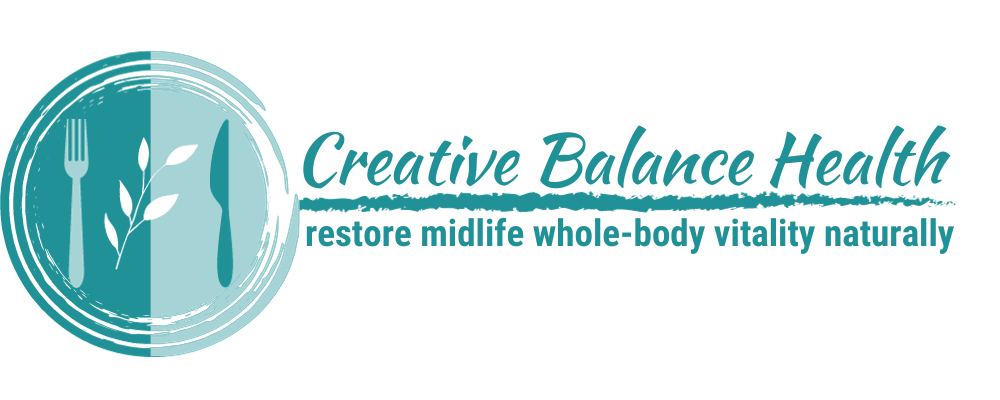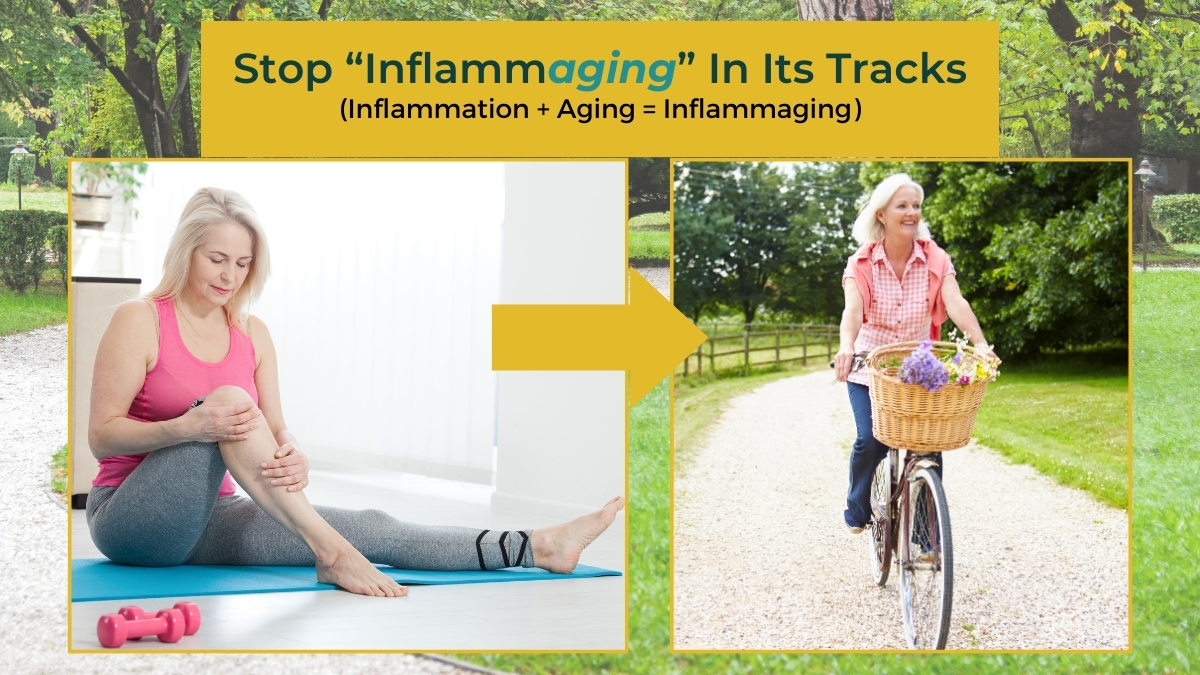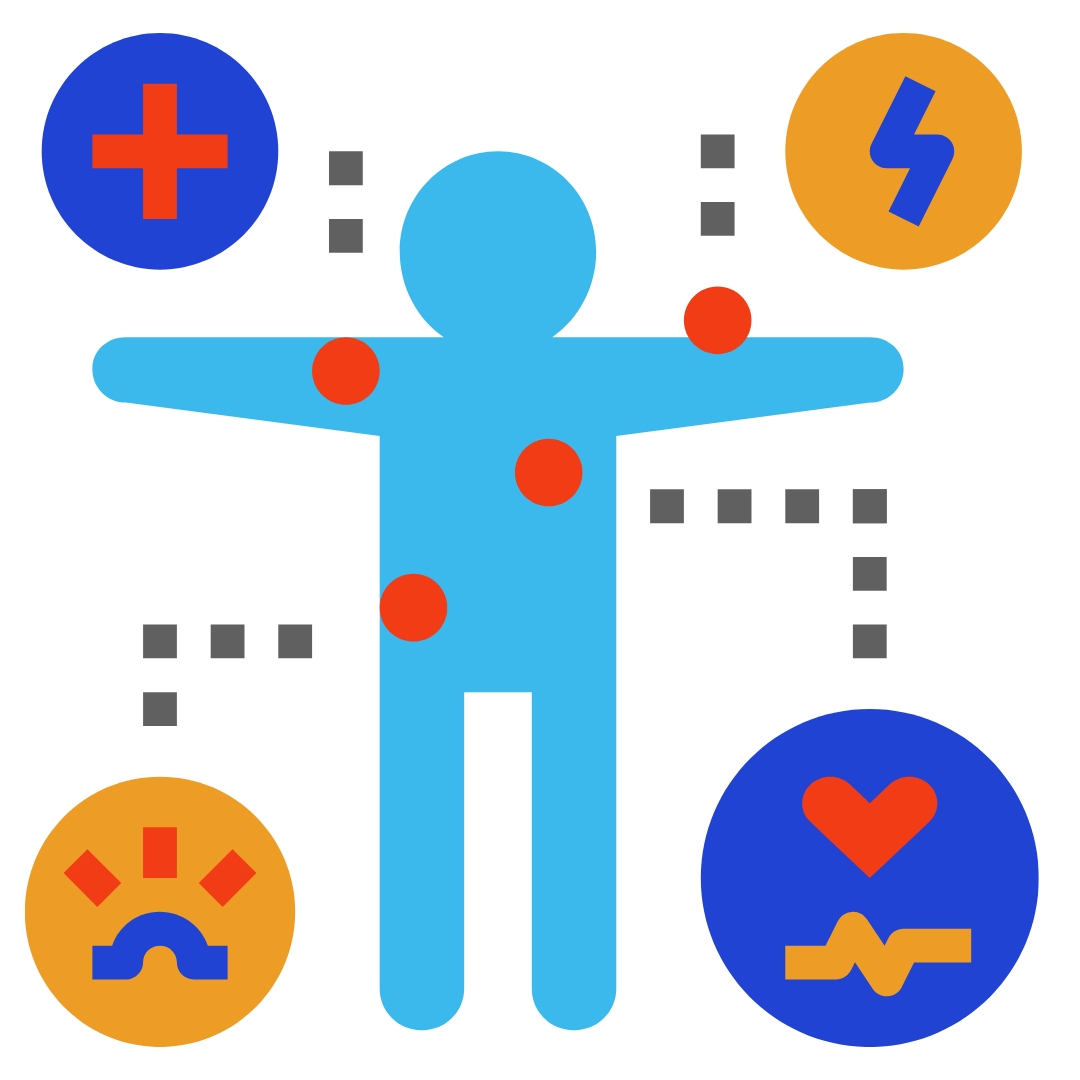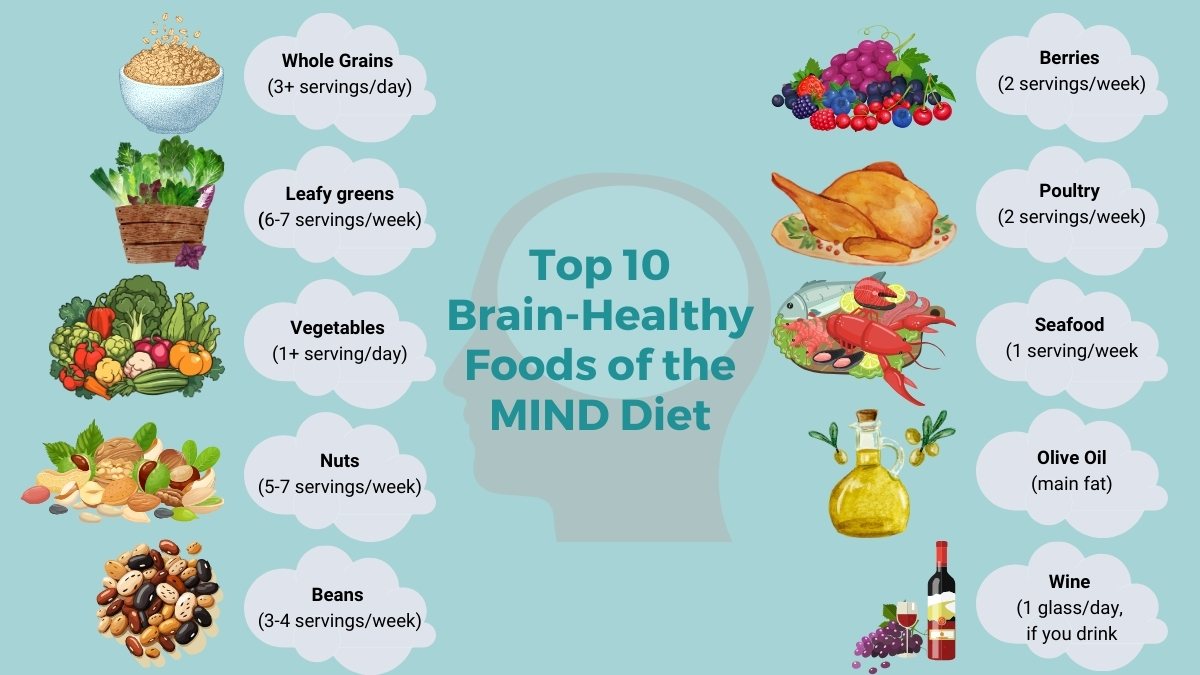A Comprehensive Look at How Inflammation Influences the Aging Process
Introduction: Understanding Inflammaging and Its Impact on You
Are you a self-employed woman navigating the challenges of midlife, feeling the toll of fatigue on your work and daily focus? You’re not alone.
Many women over 45 experience this, and it could be linked to a lesser-known phenomenon called ‘Inflammaging’ (Inflammation + Aging). Understanding this condition could be your key to reclaiming your energy and enhancing your productivity.
Let’s dive into the world of inflammaging and explore actionable steps you can take today to combat its effects, ensuring your work and personal goals are not just dreams, but achievable realities.
As we age, our bodies and abilities inevitably change. You might have noticed needing glasses for reading or feeling aches and pains that weren’t there before. Perhaps there are days when your energy levels just aren’t what they used to be. It’s common to wonder if these changes are just part of aging or if something more can be done to maintain your vitality and health.
Spoiler alert: There’s a lot you can do!
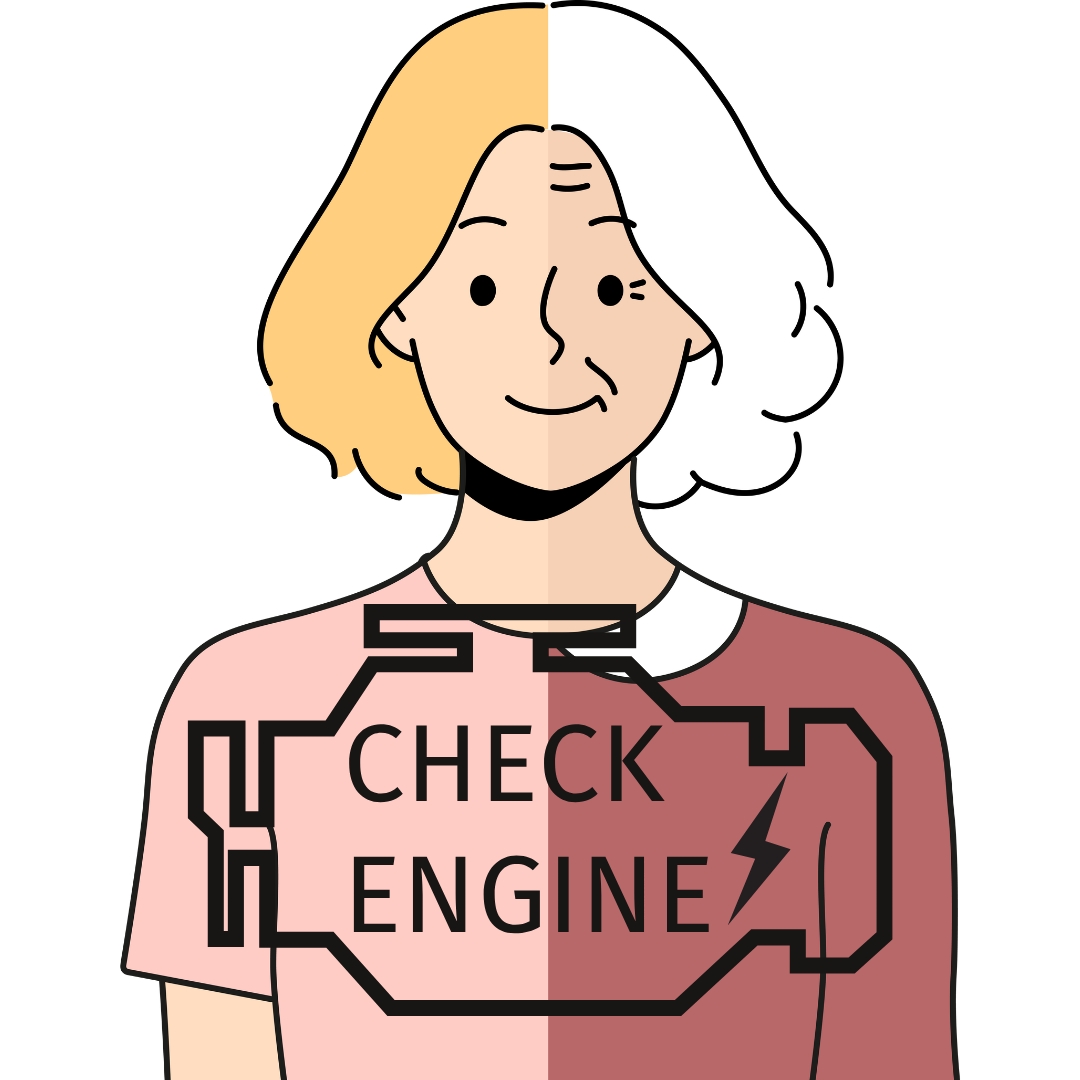
Inflammaging: More Than Just Aging
Today, we’re going to talk about inflammaging – a process that combines inflammation with aging – and what you can start doing right now to slow it down and keep its impact as minimal as possible for as long as possible. Understanding inflammaging is crucial, especially for busy professionals like you, who need to stay at the top of their game both physically and mentally.
Let’s talk about the process of inflammaging (inflammation + aging) and what you can start (or start doing more of) right now to slow it down and keep it as low as possible for as long as possible.
What is inflammaging?
The term “inflammaging” was coined in 2007 by a group of Italian researchers led by Claudio Franceschi at the University of Bologna. As they describe it, “a large part of the aging phenotype . . . is explained by an imbalance between inflammatory and anti-inflammatory networks, which results in the low grade chronic pro-inflammatory status.”[1]
Aging is a complex process that occurs within all of our cells as we get older and involves inflammation.[1,2] This means that aging and inflammation go hand-in-hand, increasing together over time.
The Two Faces of Inflammation: Acute vs Chronic
There are two kinds of inflammation: acute and chronic.
Acute inflammation is part of the normal healing process whereby our immune systems respond to infections or injuries by sending white blood cells to help out.[3] This ”good” inflammation helps your body fight the cold virus or heal that sprain or cut. Acute inflammation is usually intense, located in the area where it’s needed, and subsides once the infection or injury is dealt with. It looks and feels like the temporary heat, redness, swelling, and/or pain of when you get a sunburn.
When the healing is complete, the inflammatory response stops but continues to be “on call” for the next infection or injury. Inflammatory responses (ones like these that speed up the healing process) are strongest when we’re young and decrease as we age.[4]
Acute inflammation as described above is not the kind associated with chronic disease risk and aging. The inflammaging type of inflammation is the longer-term, lower-level, insidious kind of inflammation known as chronic inflammation (the “bad” kind).
When you experience chronic inflammation, your immune system doesn’t stop, but rather keeps fighting indefinitely. This longer-term inflammatory response can end up negatively affecting healthy tissues and cells.[3]
Health Effects of Inflammaging
When the balance tips toward higher levels of chronic inflammation with age, so do the increased risks for falls, fractures, frailty, heart disease, type 2 diabetes, and dementia.[5] As time goes on, our cells accumulate small bits of damage that can make us more susceptible to these health concerns.[2]
Sarcopenia and Muscle Health
One thing that impacts inflammaging is another normal age-related process called sarcopenia—loss of muscle. Sarcopenia impacts millions of older adults.[6] Starting at 40 years of age, we all tend to lose about one percent of our muscle mass and strength every year due to declines in hormone levels, lack of physical activity, and less-than-ideal nutrition.[6] That’s why it’s important to build your muscle strength and mass as a younger adult and stay physically active throughout your life.[7]
I have a number of tips to help you reduce sarcopenia muscle loss in my next blog post.
Falls, Fractures, and Frailty
Having muscles that allow us to keep doing everything we want to is extremely important to healthy aging.
Whether we want to continue competing in our favorite sports or dancing and enjoying life without worrying about falls, fractures, or needing help, we must maintain our muscles’ strength and ability. To do this, we need to continue to use our muscles so they remain strong and healthy. Chronic inflammation compromises aging muscles and is thought to be one of several contributors to sarcopenia.[7]
One way inflammation is thought to negatively affect our muscles is by reducing their ability to retain protein (muscle protein balance).[8] For our muscles to stay strong, they need both protein and movement (particularly resistance exercises, like lifting weights and squats and lunges). So, when our muscles can no longer effectively retain protein, their ability to do what they’ve always done can be reduced.
Inflammaging and sarcopenia, along with malnutrition, can result in frailty.[9] Frailty includes symptoms like unintentional weight loss, exhaustion, weakness, slow walking speed, and can worsen low levels of physical activity. Frailty is a predictor of decreased mobility, cognitive decline, lower quality of life, falls, hospital and nursing home admissions, many chronic diseases, and overall mortality.[9]
You can preserve your muscle mass by eating enough protein and keeping physically active. (I have all of my recommendations for protein and physical activity coming up in the next blog post.)
Addressing Obesity and Inflammation
Adipose (fat) tissue is closely tied to inflammation: the more we have, the more inflammation we tend to have. There are a few reasons for this. One reason is that adipose tissue actively produces hormones and other substances that increase chronic inflammation.[6]
Another reason is that obesity often goes hand-in-hand with low muscle mass and sarcopenia. Having less muscle mass decreases the ability to use calories from foods and drinks because muscles burn a lot of calories. When there is less muscle, this can reduce the number of calories burned, increasing the amount of calories that need to be stored. These calories are stored as fat, which is part of the vicious cycle that promotes more inflammation.[6]
Stress can also play a major factor in weight-related issues. Whatever size body you have, actively trying to maintain and grow muscle mass can decrease your risk for obesity, which in turn decreases inflammation.
Heart Health and Inflammaging
Inflammaging increases risks for many aspects of heart disease, such as atherosclerosis, high blood pressure, and high cholesterol.
A recent study from Harvard University published in the Journal of the American College of Cardiology found a connection between eating inflammatory foods (processed meats, refined grains, sugar-sweetened beverages, etc.) and risk of heart disease.[5,10] The authors say, “Reducing the inflammatory potential of the diet may potentially provide an effective strategy for CVD [cardiovascular disease] prevention.”
You can maintain your heart health by eating nutritious foods that don’t fan the flames of inflammation. My favorites are green leafy vegetables. (Stay tuned for my tips/strategies to help you enjoy more anti-inflammatory foods in Part 2.)
Managing Insulin Resistance and Type 2 Diabetes
Increased inflammaging and sarcopenia are also associated with insulin resistance, which leads to type 2 diabetes. That’s because muscle tissue is responsive to insulin (the opposite of being resistant) and helps remove excess sugar from the blood. This means that the more muscle we have, the less risk we have for becoming resistant to insulin.[6]
We can reduce our risk of diabetes with a healthy lifestyle that promotes muscle tissue and reduces blood sugar spikes as you’ll see in Part 2.
Understanding Dementia and Inflammaging
Both inflammation and aging are two factors that underlie risk for dementias like Alzheimer’s disease. Other risk factors include heart disease and diabetes (which are also linked to inflammaging).[11] Research shows that changes such as the buildup of compounds called beta-amyloid and tau start occurring in the brain years before any symptoms of dementia appear.[11]
New research underscores links between gut microbiota, inflammation, and mental health. Read more here, “Love Your Gut. Love Your Mind.”
Researchers have found these brain changes in adults may be triggered by inflammaging, and inflammaging may even play a central role.[12] In addition to inflammaging, lack of enough quality sleep is also associated with increased risks for dementias.[13] While it’s unclear whether it’s these brain changes that affect sleep or vice versa, we can still try to prioritize sleep as part of a healthy lifestyle.
(My first bunch of tips in my next blog post are how to get better sleep).
Maintaining Independence and Quality of Life
Inflammaging and sarcopenia can threaten our independence and quality of life.[8,14] When our muscles become smaller and weaker over time, we can experience loss of strength and balance. The longer sarcopenia goes unchecked, it can result in frailty, falls, and disability. These can sometimes result in institutionalization, hospitalization, and even death.[6]
By moving your body and working on your balance and muscle strength, you can keep your independence and quality of life for as long as possible.
Stay tuned for my next blog for strategies to make these healthy “anti-inflammaging” lifestyle changes work for you!
References
1 – Franceschi, C., Capri, M., Monti, D., Giunta, S., Olivieri, F., Sevini, F., Panourgia, M. P., Invidia, L., Celani, L., Scurti, M., Cevenini, E., Castellani, G. C., & Salvioli, S. (2007). Inflammaging and anti-inflammaging: a systemic perspective on aging and longevity emerged from studies in humans. Mechanisms of aging and development, 128(1), 92–105. https://doi.org/10.1016/j.mad.2006.11.016
2 – Huynh, Hahn. (2018, August). What is the relationship between aging, nutrition, and inflammaging? University of British Columbia Department of Pathology and Laboratory Medicine Magazine. https://file.pathology.ubc.ca/Newsletter_web_Summer2018/What_%20is_the_Relationship_between_AGING.html
3 – Harvard Health Publishing. (2020, April 1). Understanding acute and chronic inflammation. https://www.health.harvard.edu/staying-healthy/understanding-acute-and-chronic-inflammation
4 – Cannon, R. and Cooper, O. (2020, September 17). Inflammaging: The Side Effect of Age You Haven’t Heard of. https://www.research.colostate.edu/healthyagingcenter/2020/09/17/inflammaging-the-side-effect-of-age-you-havent-heard-of/
5 – Li, J., Lee, D. H., Hu, J., Tabung, F. K., Li, Y., Bhupathiraju, S. N., Rimm, E. B., Rexrode, K. M., Manson, J. E., Willett, W. C., Giovannucci, E. L., & Hu, F. B. (2020). Dietary Inflammatory Potential and Risk of Cardiovascular Disease Among Men and Women in the U.S. Journal of the American College of Cardiology, 76(19), 2181–2193. https://doi.org/10.1016/j.jacc.2020.09.535 https://pubmed.ncbi.nlm.nih.gov/33153576/
6 – Santilli, V., Bernetti, A., Mangone, M., & Paoloni, M. (2014). Clinical definition of sarcopenia. Clinical cases in mineral and bone metabolism : the official journal of the Italian Society of Osteoporosis, Mineral Metabolism, and Skeletal Diseases, 11(3), 177–180. https://www.ncbi.nlm.nih.gov/pmc/articles/PMC4269139/
7 – Strasser, B., Wolters, M., Weyh, C., Krüger, K., & Ticinesi, A. (2021). The Effects of Lifestyle and Diet on Gut Microbiota Composition, Inflammation and Muscle Performance in Our Aging Society. Nutrients, 13(6), 2045. https://doi.org/10.3390/nu13062045 https://www.ncbi.nlm.nih.gov/pmc/articles/PMC8232643/
8 – Lavin, K. M., Perkins, R. K., Jemiolo, B., Raue, U., Trappe, S. W., & Trappe, T. A. (2020). Effects of aging and lifelong aerobic exercise on basal and exercise-induced inflammation. Journal of applied physiology (Bethesda, Md. : 1985), 128(1), 87–99. https://journals.physiology.org/doi/full/10.1152/japplphysiol.00495.2019
9 – Haider, S., Grabovac, I., & Dorner, T. E. (2019). Effects of physical activity interventions in frail and prefrail community-dwelling people on frailty status, muscle strength, physical performance and muscle mass-a narrative review. Wiener Klinische Wochenschrift, 131(11-12), 244–254. https://doi.org/10.1007/s00508-019-1484-7 https://www.ncbi.nlm.nih.gov/pmc/articles/PMC6570667/
10 – Tabung, F. K., Smith-Warner, S. A., Chavarro, J. E., Fung, T. T., Hu, F. B., Willett, W. C., & Giovannucci, E. L. (2017). An Empirical Dietary Inflammatory Pattern Score Enhances Prediction of Circulating Inflammatory Biomarkers in Adults. The Journal of nutrition, 147(8), 1567–1577. https://doi.org/10.3945/jn.117.248377 https://www.ncbi.nlm.nih.gov/pmc/articles/PMC5525108/
11 – National Institute on Aging. (2019, November 27). What do we know about diet and prevention of Alzheimer’s disease? https://www.nia.nih.gov/health/what-do-we-know-about-diet-and-prevention-alzheimers-disease
12 – Więckowska-Gacek, A., Mietelska-Porowska, A., Wydrych, M., & Wojda, U. (2021). Western diet as a trigger of Alzheimer’s disease: From metabolic syndrome and systemic inflammation to neuroinflammation and neurodegeneration. Ageing research reviews, 70, 101397. Advance online publication. https://doi.org/10.1016/j.arr.2021.101397
13 – National Institute on Aging. (2019, September 12). Poor sleep in middle age linked to late-life Alzheimer’s-related brain changes. https://www.nia.nih.gov/news/poor-sleep-middle-age-linked-late-life-alzheimers-related-brain-changes
14 – Bilodeau, K. (2021, May 11). 5 inflammation-fighting food swaps. https://www.health.harvard.edu/blog/5-inflammation-fighting-food-swaps-2021051022570
15 – Johns Hopkins Medicine. (n.d.). The Science of Sleep: Understanding What Happens When You Sleep. https://www.hopkinsmedicine.org/health/wellness-and-prevention/the-science-of-sleep-understanding-what-happens-when-you-sleep
16 – National Institute on Aging. (2020, November 3). A Good Night’s Sleep. https://www.nia.nih.gov/health/good-nights-sleep
17 – Bautmans, I., Salimans, L., Njemini, R., Beyer, I., Lieten, S., & Liberman, K. (2021). The effects of exercise interventions on the inflammatory profile of older adults: A systematic review of the recent literature. Experimental gerontology, 146, 111236. https://doi.org/10.1016/j.exger.2021.111236 https://pubmed.ncbi.nlm.nih.gov/33453323/
18 – National Institute on Aging. (2018, September 24). Preventing Alzheimer’s Disease: What Do We Know? https://www.nia.nih.gov/health/preventing-alzheimers-disease-what-do-we-know
19 – Jadczak, A. D., Makwana, N., Luscombe-Marsh, N., Visvanathan, R., & Schultz, T. J. (2018). Effectiveness of exercise interventions on physical function in community-dwelling frail older people: an umbrella review of systematic reviews. JBI database of systematic reviews and implementation reports, 16(3), 752–775. https://doi.org/10.11124/JBISRIR-2017-003551 https://pubmed.ncbi.nlm.nih.gov/29521871/
20 – National Institute on Aging. (2021, January 29). Four Types of Exercise Can Improve Your Health and Physical Ability. https://www.nia.nih.gov/health/four-types-exercise-can-improve-your-health-and-physical-ability
21 – Harvard Health Publishing. (2015, April 16). Benefits of flexibility exercises. https://www.health.harvard.edu/staying-healthy/benefits-of-flexibility-exercises
22 – Brazier, Y. (2020, December 10). How much protein does a person need? Medical News Today. https://www.medicalnewstoday.com/articles/196279
23 – Health Canada. (2006, June 29). Reference Values for Macronutrients. Dietary Reference Intakes. https://www.canada.ca/en/health-canada/services/food-nutrition/healthy-eating/dietary-reference-intakes/tables/reference-values-macronutrients-dietary-reference-intakes-tables-2005.html
24 – Health Canada. (2020, October 14). Eat Protein Foods. Canada’s Food Guide. https://food-guide.canada.ca/en/healthy-eating-recommendations/make-it-a-habit-to-eat-vegetables-fruit-whole-grains-and-protein-foods/eat-protein-foods/
25 – Harvard T. H. Chan School of Public Health. (n.d.). Healthy Eating Plate. The Nutrition Source. https://www.hsph.harvard.edu/nutritionsource/healthy-eating-plate/
26 – Office of Dietary Supplements. (2021, March 29). Folate. https://ods.od.nih.gov/factsheets/Folate-HealthProfessional/
27 – National Institutes of Health Office of Dietary Supplements.(2021, March 26). Omega-3 Fatty Acids. https://ods.od.nih.gov/factsheets/Omega3FattyAcids-HealthProfessional/
